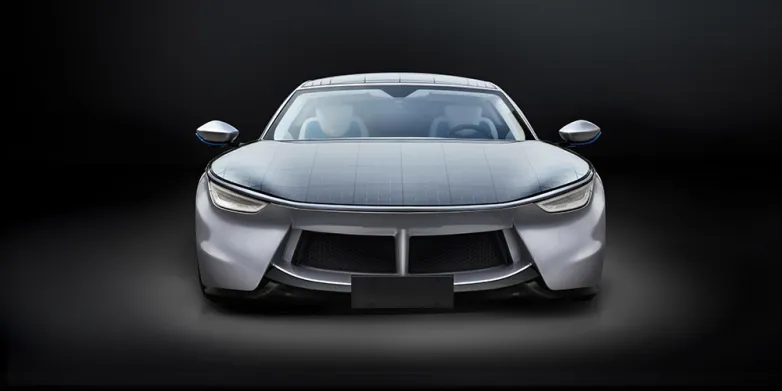US research laboratory rewires solar cell raising efficiency to 27.3%, sees path to greater than 32 percent
- NREL has released a paper showing an experimental solar cell, using a unique method for wiring two different solar cells to a single, that raised the cell's efficiency by 4 percent. As well the document provides a respectable review of different technologies being developed.

The objective of this paper is to analyze how rewiring a solar cell could increase the efficacy, and large efficiency numbers in solar module technology are almost always exciting. On the other hand, the very best value extracted from this document, is to observe the broad building of knowledge that's occurring in advanced high efficiency solar cells.
The US Department of Energy's National Renewable Energy Laboratory (NREL) has released Three-terminal III-V/Si tandem solar cells enabled by a transparent conductive glue. The document reviews a special way of linking two solar cells collectively, which raises efficiency almost 4 percent. The benefits from using this connection technique, utilizing a transparent conductive glue of silver coated microspheres embedded in epoxy, are from increased sunlight over the surfaces of these cells and ""negligible series resistance"". The solar cells reduced resistance overall combined with higher solar sunlight hitting the cells had been the drivers of the profits demonstrated at the below example cell.

The structure is compelling for a couple of reasons. First is that the combination of two complete solar cells as seen from the below left picture. The first of those two is a near standard silicon solar cell, and the top is a more innovative multi-junction gallium indium phosphide solar cell. Multiple techniques exist for linking cells of those nature together, with each having special properties - some good and some bad. As an example, another technique referenced for wiring these cells showed great contact but has been non-ideal optically because each of those grids linking the cells together covers 5 percent of the solar cell area, resulting in overall shading losses of 10%.

Also read

